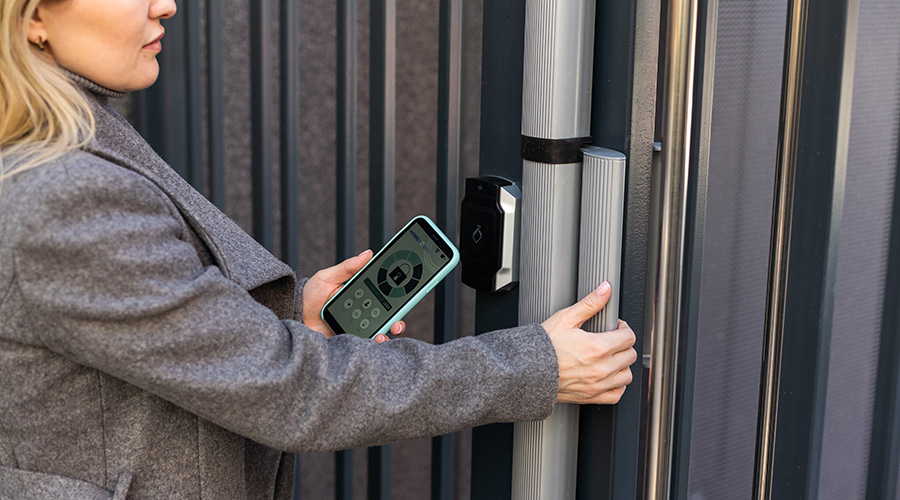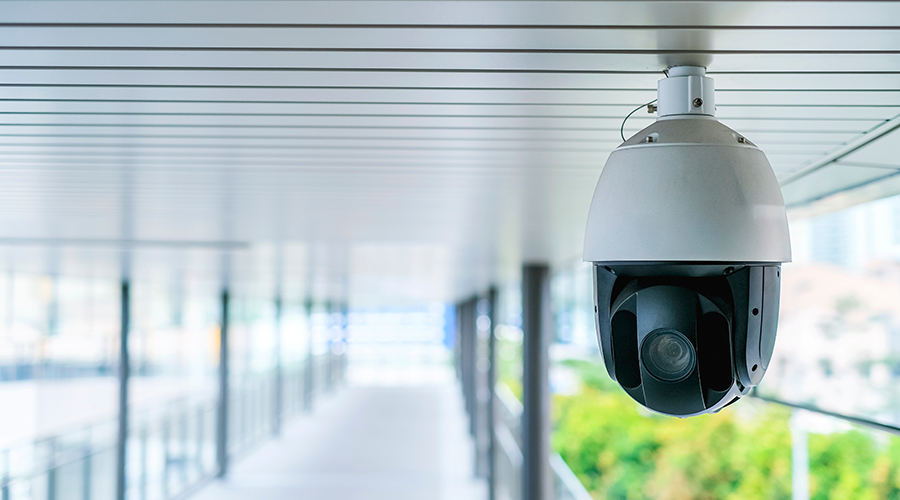For Complex Access Control, Security Systems, Select In-House, External Team Carefully
3. Working in a vacuum. As access control and security systems become more complicated and technical, it becomes increasingly important to ensure that all parties who can contribute to the selection are included, Gillens says. Often, that means including representatives from human resources, as they usually are the ones in charge of bringing new employees into the system. The IT department also needs to be involved, so they can assess the interface between the access control and IT systems.
In some organizations, even marketing may have a role to play, Wood says. For instance, the marketing department may want to manage the design of the key cards to ensure the company's brand is appropriately used.
These individuals may also be able to help obtain funding for the investment required, Gillens notes. "If you share the costs across emergency management, human resources, and IT, there may be more dollars available."
In addition, considering input from a range of individuals increases the likelihood that the final access control system more closely matches the corporate culture. This is key, as trying to impose a highly restrictive system on a freewheeling corporate culture may mean that the system isn't used, Wood says.
Outside expertise may also be needed to provide input to the design and installation of the access control system. Bringing in an expert typically does carry a cost. However, trying to get by without such input can backfire, as potential stumbling blocks often aren't caught until later in the process. At that point, any flaws become more expensive to correct. Not only that, the mistakes and their correction — say, prohibiting occupants from using a particular entrance because it's not properly secured — often become more visible than a facility manager or owner might want.
Once buildings top about 1 million square feet, the number of entrances and the complexity of their security systems often means that bringing in a security consultant will pay off in problems avoided, George says. That's because his or her design plans should show exactly which systems and components are to be installed, and where they'll go. The plans should include a standard format that the contractors bidding on the project are required to follow, as this will make it easier for the facility owner to compare one bid to another. "You get back bids that are level," he says. "You can select not just the lowest bid, but the best bid."
Moreover, most facility managers' ongoing responsibilities make it difficult for them to provide adequate oversight during the design, installation and testing phases. In contrast, a consultant should be able to monitor the project on an ongoing basis, and then compare the final system to the plan. "A consultant is a knowledgeable body when the facility manager doesn't have the knowledge, or the time," Gillens says.
This can be critical when it's time to test a system — a step that too often is overlooked, says Sean Ahrens, global practice leader for security consulting services, Aon Risk Services. "We put systems in and then forget about them, and rarely inspect the contractor's finished work." This can mean that sloppy work and mistakes go undetected.
What's more, these flaws usually worsen over time, Ahrens notes. "It's the psychological perception of ownership." That is, if a contractor comes in to work on a system and sees a control panel that is neatly organized and wires that are properly bundled and labeled, he or she is likely to leave it the same way. On the other hand, if wires are jumbled together and nothing is labeled, he or she is apt to leave the system in even worse shape, figuring nobody will notice.
While many system integrators or installers may promise to design a system for free, some may put in a system larger than what's truly required, as that can boost their own top lines. Consultants have less incentive to do this. "I won't make more money if it's a $1 million or a $100,000 system that goes into your facility," says Brian Gouin, president with Strategic Design Services.
Related Topics:













